Ageing population needs bungalows option, says retirement homes boss as Penwortham estate is extended after 35 years
and live on Freeview channel 276
That was the message from the boss of a retirement housing provider whose firm has just completed the extension of an all-bungalow estate in South Ribble.
Andy Atkinson, managing director of Penwortham-based Fairhaven, was speaking to the Local Democracy Reporting Service (LDRS) after the recent official opening of eight new properties at the firm’s Crownlee development in the town.
Advertisement
Hide AdAdvertisement
Hide AdThe original scheme of 40 single-level homes was built back in the mid-1980s and was regarded at the time as something of an innovation.
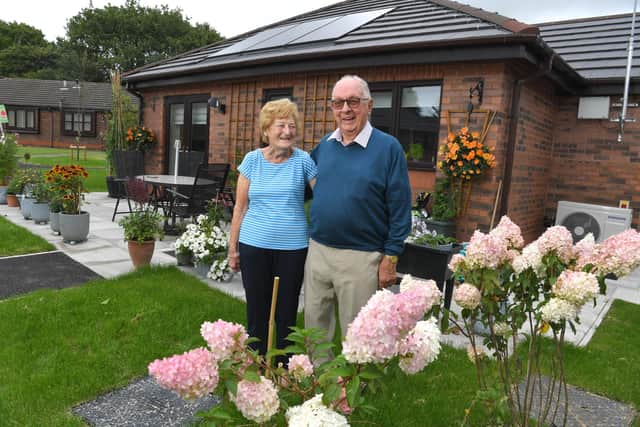

The company - which operates on a not-for-profit model - sold its bungalows to private occupiers, but retained responsibility for the upkeep of the areas beyond the front doors of each dwelling.
That set-up continues to this day, with existing and recently arrived residents paying a service charge for maintenance of the exterior of their homes and the grounds of the estate, as well as enjoying the benefits of a lifeline alarm system, which is monitored around the clock, and an on-site community centre.
Meetings of South Ribble Borough Council’s planning committee have, in recent years, heard members discuss the need for bungalows in the district - often in the face of applications where none are being offered by developers.
Advertisement
Hide AdAdvertisement
Hide AdAndy Atkinson says that Fairhaven wants to “push forward” with more bungalows on future developments in Lancashire - and denies that his company's operating model makes it inherently easier to pursue that option than it is for traditional housebuilders, whose profit motive means they want to maximise the number of properties they can build on the land that they have available.
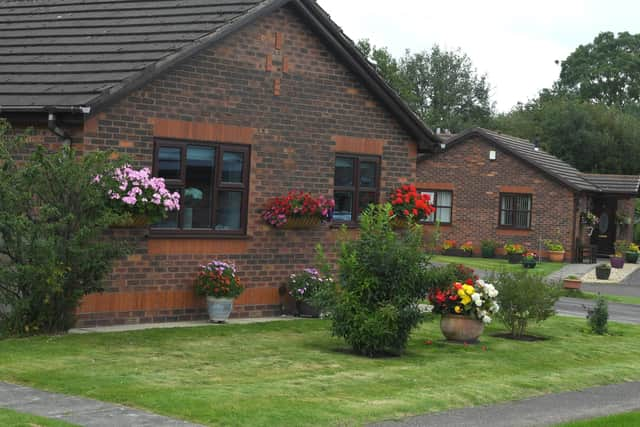

“I think we all face the same challenges. It's not an easy [dwelling type] to produce, because just the simple economics of development will tell you that bungalows are more difficult to bring forward.
“We come at it from the opposite angle, in a sense - we manage the end product, day in day out, and we see the benefits that it brings and how popular it is.
“I think everybody would agree there's not enough supported, age-targeted housing - and the demographic shift is only going in one direction. We need to make the options for retirement housing as attractive as possible so that people have choice, when they want to downsize, [about] what kind of community they want to move to, what kind of house type they want to buy [and] what level of support they want on site,” Andy added.
Advertisement
Hide AdAdvertisement
Hide Ad‘WE DON’T WANT STAIRS OR ROOMS WE DON’T USE’
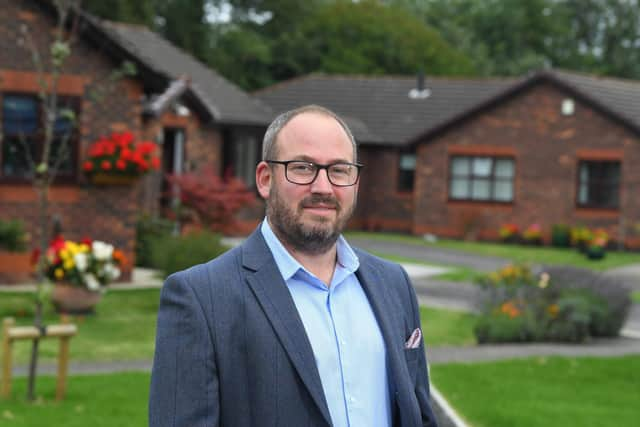

Two of the most recent tenants to move into the £1.8m Crownlee extension told the LDRS that after living in the same large semi-detached property for 54 years, downsizing to a bungalow had helped them to retain one of the most prized assets in retirement - their independence.
“We have arthritis and things, but now we don't have stairs to worry about,” explained Sheila Sheasby, who arrived in one of the new energy-efficient properties on the estate with her husband, John, six months ago.
“We also don't have rooms that we don't use. We're in a detached bungalow with two bedrooms, which is enough for us - we've made one into a dining room.”
The couple, who previously lived on the border of South Yorkshire and Derbyshire, came to Penwortham to be near their daughters, but value the wraparound support that has come with their new property - meaning that they don't have to repeatedly “call on” their children for help.
Advertisement
Hide AdAdvertisement
Hide Ad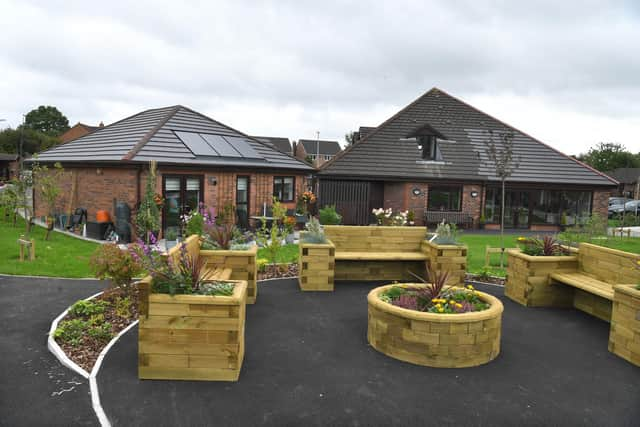

“We can also mix and join in [with community activities] whenever we want - if that's what we want. And we've got new friends,” Sheila added.
Andy Atkinson says that it is not just the conundrum of houses or bungalows with which the country needs to wrestle when considering the best accommodation to provide for an ageing population - but also what comes with it.
At Crownlee - where the additional eight properties all sold straight off plan before they were completed - the community centre offers subsidised lunches five days a week, while there is also the option to pay for a cleaning service in the bungalows.
“We like to think of it as enabling independence for as long as is physically possible [by] providing the necessary support.
Advertisement
Hide AdAdvertisement
Hide Ad“But it also creates communities on people's doorsteps - especially when they're not able to get out as much as they used to, or they probably don't have access to a vehicle anymore. So they don't become isolated, which is massively important,” Andy added.
He also says that providing the right retirement housing has a positive knock-on effect within the wider property market.
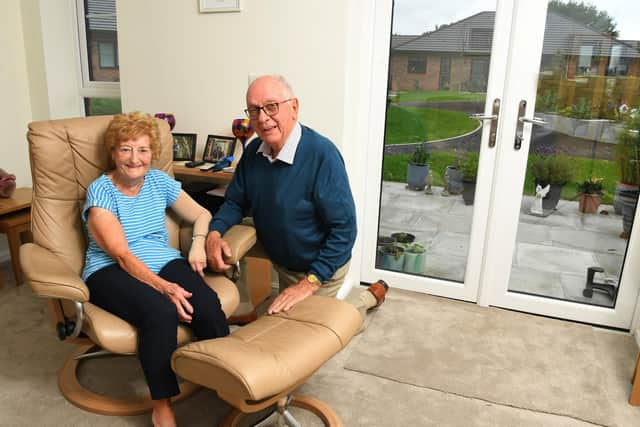

“By giving [older] people that choice and filling the gap between family home and care home, you are creating capacity and freeing up good quality family housing, which may be under occupied by people who don't feel that they have attractive options to move out.”
BARTERING OVER BUNGALOWS
According to a report produced as part of the consultation into the forthcoming Central Lancashire Local Plan, there is a need - across all tenures in Preston, South Ribble and Chorley - for between two and five percent of new properties to be one-bedroomed bungalows and between five and 10 percent to be two and three-bedroomed bungalows.
Advertisement
Hide AdAdvertisement
Hide AdHowever, the level of bungalow need is estimated to be even higher within the social or affordable rented sectors, at 10-15 percent for those with one bedroom and 15-20 percent for those with two.
According to 2021 Valuation Office Agency data, bungalows account for 11 percent of all properties in Central Lancashire.
Back in 2019, members of South Ribble Borough Council’s planning committee even bartered with a housebuilder over the provision of bungalows, deferring their decision over a bid for permission to build 175 properties off Banister Lane in Farington in order to ask applicant Kier Homes to reconsider its housing mix for the site.
The committee’s reasoning in that case was that they believed bungalows would be more sympathetic to the surrounding area - and they did ultimately succeed in persuading the developer to add half a dozen of them to its estate.
Advertisement
Hide AdAdvertisement
Hide AdHowever, members have also occasionally refused bungalows - in spite of the considered demand for them - when they have been proposed for plots which would otherwise breach local planning policies. Just last month, plans for a bungalow-only, 10-dwelling scheme off Long Moss Lane in Whitestake were rejected, because the land was not earmarked for development.